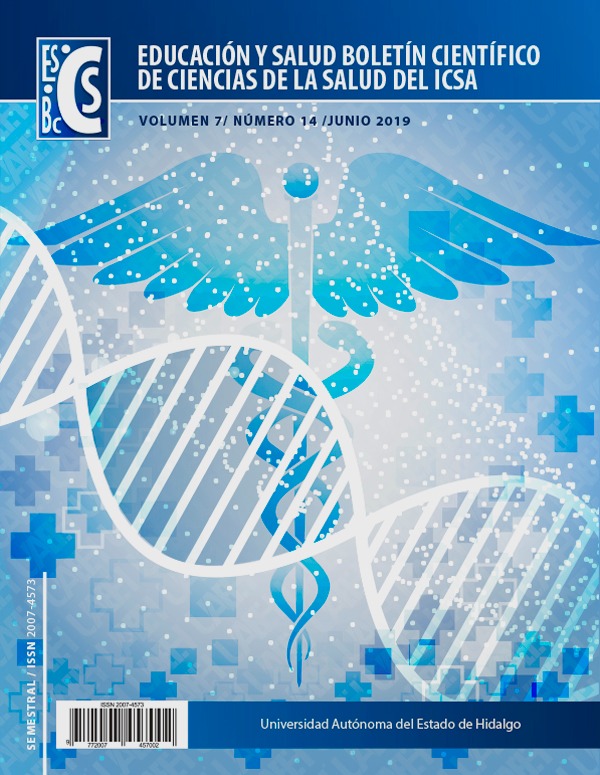Evaluation of Quality Parameters of Different Trademarks of Milk and Yogurt and Changes During Storage.
DOI:
https://doi.org/10.29057/icsa.v7i14.4442Keywords:
Milk, yogurt, specific gravity, non-fatty solids, lactic acidAbstract
The aims of this study was to analyse the physicochemical properties of different brands of pasteurized milk as well as yogurt in order to evaluate their quality, different brands of pasteurized milk and yogurt were used, two types were obtained: the first was kept in refrigeration for two weeks called "stored sample", the second sample was obtained one day before the tests, called "fresh sample”. The results obtained showed that the ALPURA brand has complied with most parameters, nevertheless, does not comply with the pH values obtaining a value of 6.48 where the parameter was 6.5 to 6.8, regarding to the yogurt, the “fresh” LALA brand obtained a pH of 3.9 being the reference parameter less than 4.4 as well as titratable acidity that represents the best value compared to the other brands analyzed.
Downloads
Publication Facts
Reviewer profiles N/A
Author statements
Indexed in
- Academic society
- N/A
References
FAO. (1997) Código de principios referentes a la leche y los productos lácteos.
Páez, L. y Cols. (2002) Características fisicoquímicas de la leche cruda en las zonas de Aroa y Yaracal, Venezuela. Rev. Cientif. 12(2), 3-4
Walstra, P., Geurts, T.J., Noomen, A., Jellema, A. y van Boekel, M.A.J.S. (2001) Leche. En: Ciencia de la leche y tecnología de los productos lácteos. España: ACRIBIA, S.A. pp. 26-27.
SEP. (2006) Leche fermentada En: Elaboración de productos lácteos. México: Trillas. pp. 61.
Villegas, A. y Santos, A. (2010) Introducción En: Calidad de la leche cruda. México: Trillas. pp. 9.
Norma Oficial Mexicana NOM-155-SCFI-2012, Leche-Denominaciones, especificaciones fisicoquímicas, información comercial y métodos de prueba. En: Diario Oficial de la Federación.
Código Alimentario Argentino RC-33-2006-SPRRS. Leche.
Longhi, R y Cols. (2011) A survey of the physicochemical and microbiological quality of ultra-heat-treated whole milk in Brazil durning their shelf life. Rev. SDT. 65(1), 45-5
Motta-Delgado, P.A. y Cols. (2014) Factores inherentes a la calidad de la leche en la agroindustria alimentaria. Rev. Colombiana cienc. Anim. 6(1), 223-242.
Celis, M y Juárez, D. (2009) Microbiología de la leche. En: Seminario de procesos fundamentales físico-químicos y microbiológicos. Editorial de la Universidad Tecnológica Nacional. Bahía blanca. p. 4-18
Taverna, M. y Cols. (2000) La lipolisis en la leche: Causas, formas de prevención e incidencia sobre la calidad de los productos lácteos. Asocia. Calid. Lech. y Der.
Norma Mexicana. NMX-F-446-1984. Alimento para humanos. Leche pasteurizada preferente. En: Dirección General de Normas.
Negril, L. (2005) El pH y la acidez de la leche. En: Manual de referencias técnicas para el logro de leche de calidad (2da ed). INTa.
Parra, R.A. (2010) Review. Bacterias ácido lácticas: Papel funcional en los alimentos. Facu. Cienc. Agropec. 8(1), 98.
NORMA Oficial Mexicana NOM-185-SSA1-2002, Productos y servicios. Mantequilla, cremas, producto lácteo condensado azucarado, productos lácteos fermentados y acidificados, dulces a base de leche. Especificaciones sanitarias. En: Secretaria de Salud.
Muhammad, B y Cols. (2009) Effect of period and condition of storge on properties of yogurt produced from cow milk and soymilk materials. Resarch journal of dairy sciences. 3(2), 18-24.
Revilla, A. (1982) Procesamiento de la leche. En: Tecnología de la leche. Procesamiento, manufactura y análisis. Editor Revilla, A. Costa Rica: IICA. pp. 101-148.
González, M. (2002) Tecnología para la elaboración de queso blanco, amarillo y yogurt. SENACYT. 1(1), 15.



















